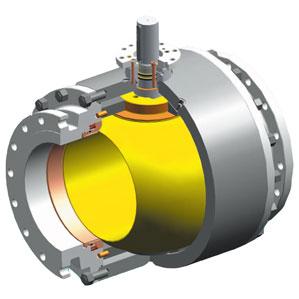Common Malfunctions of Directional Valve

Common malfunctions of the directional valve include the inability of the valve to change direction or the action of changing direction is slow, gas leakage, and malfunctions of the electromagnetic pilot valve.
1. Inability of the directional valve to change direction or the action of changing direction is slow. This is usually caused by poor lubrication, stuck or damaged spring, the sliding part stuck in oil, or impurities. To solve this problem, we should first check if the oil mist is properly working and if the viscosity of the lubricating oil is appropriate. If necessary, we should replace the lubricating oil, clean the sliding part of the directional valve, or replace the spring or directional valve.
2. After a long period of time use, the wear of the sealing ring of the sanitary valve core, and the damage of the valve stem and valve seat are prone to occur. This results in gas leakage of the valve, slow action of the valve, or inability of the valve to normally change direction. In this case, we should replace the sealing ring, valve stem, and valve seat, or replace the directional valve altogether.
3. The blocking of the exhaust hole of the electromagnetic pilot valve by oil, mud, and other impurities, lax sealing, stuck mobile iron core, and malfunctions of the circuit, can all lead to the inability of the directional valve to normally change direction. In the first three situations, we should remove the oil, mud, and other impurities on the pilot valve and mobile iron core.
The circuit malfunction is generally divided into control circuit malfunction and electromagnetic coil malfunction. Before checking the circuit malfunction, we should first turn the manual knob of the directional valve a few times to see if the directional valve can normally change direction under rated pressure.
If it can normally change direction, then there’s a malfunction in the circuit. When checking, we can measure the voltage of the electromagnetic coil using meters to see if the rated voltage is reached.
If the voltage is too low, we should further check the power supply in the control circuit and an associated switch circuit. If the directional valve can’t normally change direction under rated voltage, we should check if the plug of the electromagnetic coil is loose or not in contact. The method is to unplug the plug and measure the resistance of the coil. If the resistance is too big or too small, then the electromagnetic coil is already damaged and needs to be replaced.




